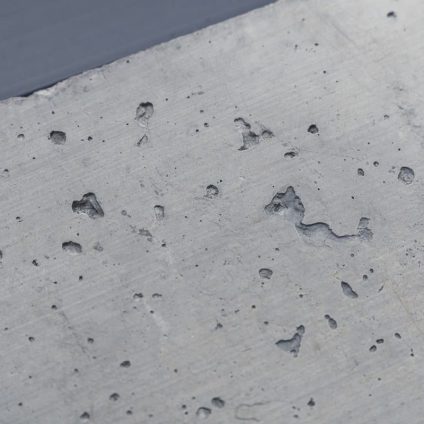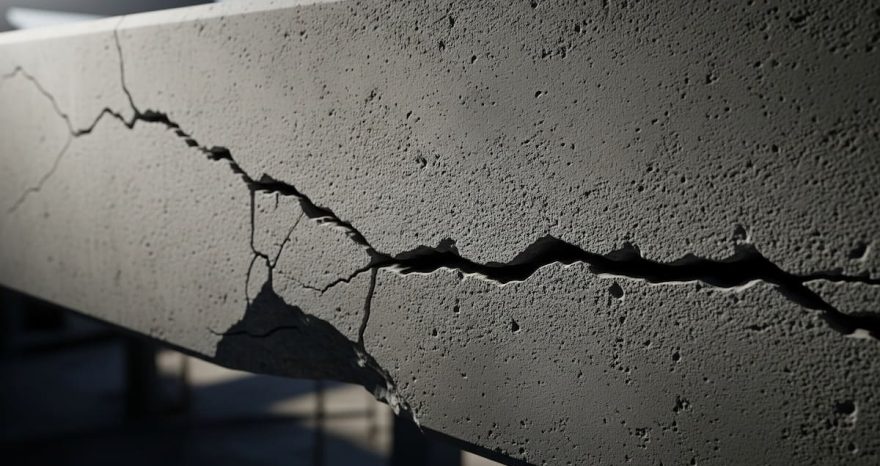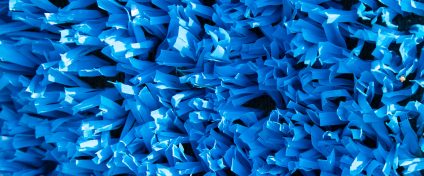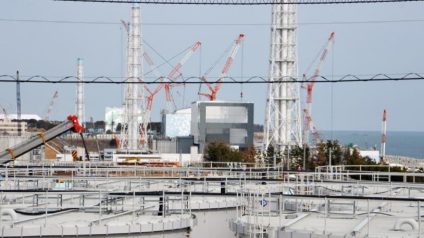Swiss researchers use AI to create low-emission cement recipes in milliseconds, cutting CO2 while maintaining strength and industrial viability
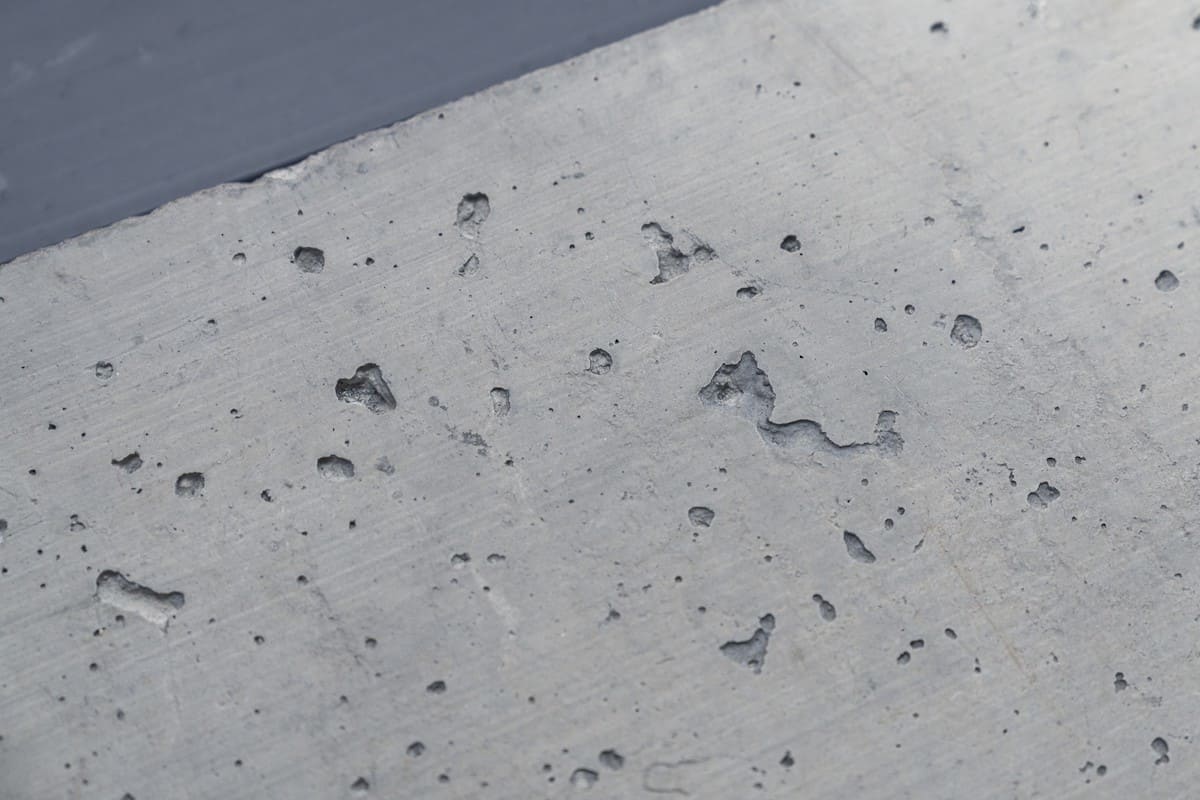
AI transforms cement production, driving the shift to low-emission concrete
A research team at Switzerland’s Paul Scherrer Institute (PSI) has developed an artificial intelligence model that can generate low-emission cement formulas in milliseconds, preserving the material’s mechanical strength while drastically reducing its environmental impact.
Low-emission cement is at the heart of a technological revolution that could transform the construction sector’s climate footprint. Cement production accounts for nearly 8% of global CO2 emissions, more than the entire aviation industry. Developing cleaner alternatives has become a top priority.
At PSI, an interdisciplinary team has created a digital tool that accelerates the discovery of sustainable cement recipes. Their AI model suggests new formulations that deliver the same performance with significantly lower CO2 emissions. It’s a move that underscores how digital technologies are becoming key enablers of decarbonization in the built environment.
Artificial intelligence and machine learning are increasingly central to this transition. Just weeks ago, MIT researchers trained an AI system to identify industrial byproducts that can replace a portion of the cement used in concrete manufacturing without compromising workability or structural performance.
Following this same path, the Swiss project introduces a predictive model designed to merge sustainability with quality and speed in the cement development process.
A new formula for sustainable cement
Producing clinker, the main ingredient in cement, requires temperatures near 1,400 degrees Celsius. This energy-intensive step not only burns fossil fuels but also releases chemically bound CO2 from limestone, the primary raw material. Cutting clinker usage is therefore essential to lowering emissions.
To meet this challenge, PSI scientists built an intelligent modeling system capable of simulating and optimizing new cement blends.
“Instead of testing thousands of variants in the lab, we use our model to generate practical recipes in seconds,” explains Romana Boiger, a mathematician and lead author of the study. “It’s like having a digital recipe book for eco-friendly cement.”
Published in Materials and Structures, the research enabled the team to screen thousands of possible combinations and select only those that meet strict sustainability and quality criteria.
A neural network behind the innovation
Industrial byproducts such as steel slag and fly ash are already used to partially substitute clinker. However, they’re not sufficient to meet global cement demand on their own.
“What we need is the right combination of materials that are both widely available and capable of producing high-quality, reliable cement,” says co-author John Provis.
The team used artificial neural networks to simulate geochemical reactions and mineral formation during the cement curing process. Each component was assigned an emissions factor, allowing for precise environmental impact calculations for every formulation.
The result is a model that can predict the mechanical properties of a cement recipe in just milliseconds.
Toward a new construction standard
The AI-driven process works in reverse as well. Rather than testing random mixtures, researchers can set specific performance goals, such as achieving low-emission cement with high mechanical strength. The system then uses genetic algorithms, inspired by natural selection, to identify the most suitable compositions.
Among the formulations identified, some already show significant potential for both industrial use and reduced environmental impact. The model can also be adapted to include variables like local raw material availability or site-specific environmental conditions.
This innovation could mark a turning point in how the construction industry approaches sustainability, offering a powerful digital tool to create a new generation of eco-efficient building materials.


